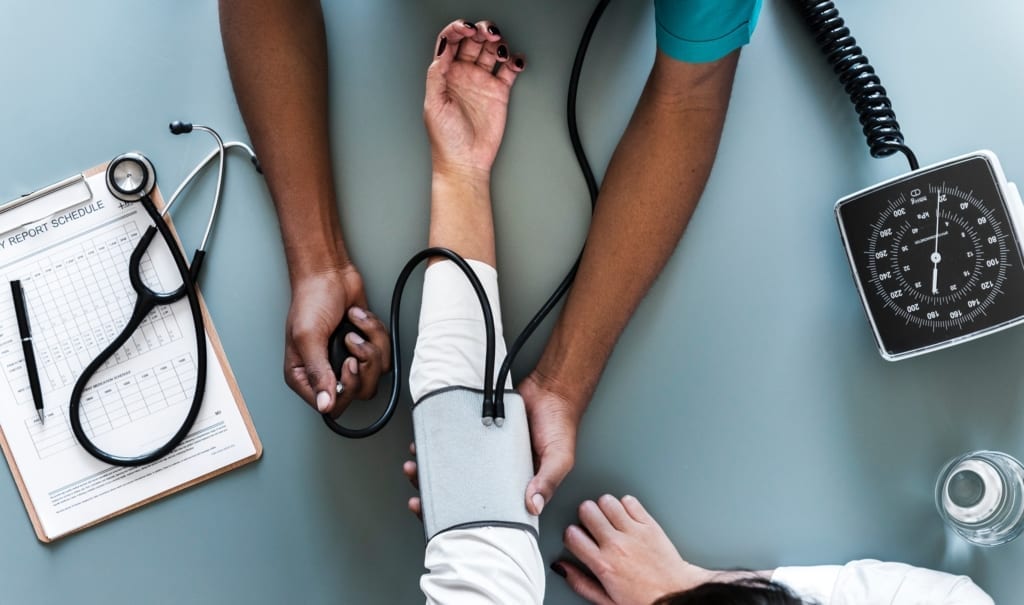Standardized patient (SP) encounters are a cornerstone of medical education, offering students an invaluable chance to practice and refine their clinical and communication skills. These encounters simulate real-life scenarios, allowing aspiring healthcare professionals to gain hands-on experience in a controlled environment. Whether you’re a medical student preparing for exams or honing your bedside manner, the following detailed tips will help you make the most of these interactions.
1. Treat Standardized Patients Like Real Patients
One of the key principles of SP interactions is to approach the encounter as if it were a real clinical situation. Even though you’re aware that the person is an actor playing a role, your behavior and demeanor should remain professional and patient-centered. Treating SPs like actual patients fosters better habits and prepares you for real-life scenarios.
Key Practices:
- Use a professional tone of voice.
- Maintain appropriate eye contact and body language.
- Show empathy and understanding when discussing symptoms or concerns.
By respecting their role, you’ll create a more authentic and beneficial experience for both yourself and the SP.
2. Trust the Standardized Patient’s Training
SPs dedicate significant time to preparing for their roles. They memorize detailed case histories, develop backstories, and practice answering questions in ways that align with the scenario. Their goal is to create a realistic and challenging interaction, not to catch you off guard.
Why It Matters:
- Their responses are designed to mirror real patient experiences.
- Trusting the SP allows you to focus on your clinical reasoning rather than doubting the information provided.
- The interaction helps improve critical thinking, diagnostic skills, and question phrasing.
Approach each session with an open mind, and view it as an opportunity to refine your approach to patient care.
3. Frame Clear and Specific Questions
Asking the right questions is a fundamental part of clinical practice. General or ambiguous inquiries can lead to vague answers, making it harder to gather accurate information. Instead, focus on framing precise, targeted questions that help you dig deeper into the patient’s condition.
Examples of Specific Questions:
- Instead of asking, “How do you feel?” ask, “Have you been experiencing fatigue or shortness of breath?”
- Replace “Does it hurt?” with “Can you describe the type of pain—sharp, dull, or throbbing?”
Practicing specificity in your questioning will not only improve your SP encounters but also streamline real patient interviews.
4. Ensure the Patient’s Comfort and Dignity
Even though standardized patients are trained professionals, they appreciate sensitivity and care during examinations. Building trust and ensuring their comfort is a skill that directly translates to better interactions with real patients, especially those who may feel anxious or vulnerable.
Practical Tips:
- Always explain what you’re about to do before performing any physical examination.
- Use phrases like, “I need to lift your sleeve to check your arm. Is that okay?”
- Be gentle and respectful in your movements to avoid causing discomfort.
Small gestures of kindness go a long way in fostering trust and rapport.
5. Build a Genuine Connection
Establishing a connection with the SP is critical for a meaningful interaction. Effective communication relies on active listening, empathy, and the ability to relate to the patient’s concerns.
How to Build Rapport:
- Show genuine interest in their symptoms and story.
- React naturally to their responses, using verbal affirmations like, “I understand” or “That must be difficult.”
- Maintain a calm and friendly demeanor to encourage them to share more openly.
Remember, building trust and connection is a skill that improves with practice and will benefit you throughout your medical career.
6. Stay Composed in Challenging Scenarios
SPs are often tasked with portraying difficult or challenging behaviors, such as being uncooperative, forgetful, or even confrontational. These scenarios are designed to test your ability to remain professional and handle stress.
Strategies to Stay Calm:
- Take a deep breath and pause before responding to stressful situations.
- Use assertive but non-aggressive communication. For example, say, “I understand your frustration, and I’m here to help.”
- Focus on problem-solving rather than reacting emotionally.
Developing emotional resilience during SP encounters will prepare you for real-world challenges with difficult patients.
7. Summarize the Key Points
Effective communication involves ensuring that both parties understand each other clearly. Summarizing the encounter at the end helps confirm the information gathered and shows attentiveness.
Steps to Summarize:
- Recap the main symptoms, medical history, and concerns shared by the SP.
- Clarify next steps, such as recommending further tests or follow-up care.
- Use phrases like, “To summarize, you mentioned experiencing persistent headaches for the past two weeks, along with nausea and fatigue. Is that correct?”
This practice demonstrates active listening and helps identify any gaps in understanding.
8. Embrace the Learning Opportunity
Standardized patient interactions provide a safe space to refine your skills and learn from mistakes. Use these sessions to try out new approaches, improve your bedside manner, and receive constructive feedback.
Why It’s Important:
- Mistakes made during SP sessions are valuable learning experiences.
- The controlled environment allows you to focus on growth without fear of harming real patients.
- Feedback from SPs and evaluators helps you identify areas for improvement.
Remember, the goal is not perfection but consistent progress in your clinical and communication abilities.
Why Standardized Patient Training is Crucial
The skills you develop during SP encounters go far beyond the classroom. From rotations in medical school to your professional career, these interactions shape your ability to provide high-quality care. They teach you to approach patients with empathy, ask meaningful questions, and maintain professionalism under pressure.

